One of the most common cosmetic treatments is teeth bleaching. The naturally pale ivory hue of enamel can deteriorate into other colors, including yellow, orange, brown, gray, and even blue or green. Discoloration can be brought on by consumption of the antibiotic tetracycline or high concentrations of fluoride while the teeth are developing, stains from coffee or tobacco, injuries that have damaged the pulp, corrosive effects of silver fillings, and the aging process that naturally wears away enamel.
Despite the fact that bleaching may effectively remove many stains, it can hurt someone who has sensitive teeth or an exposed root. You can use a variety of bleaching techniques.
Why do we need teeth bleaching?
Most people adore having a radiant, healthy smile. Many things might cause your teeth to discolor. Certain things are out of our control, including becoming older or having accidents as a youngster, which can change how our teeth enamel is made. It is crucial to discuss any intentions for teeth whitening with your dentist as a result.
Your dentist can assess if the stains on your teeth are the result of a lifestyle factor, such as consuming a lot of coffee, or whether there is a more serious oral health problem at work. Although bleaching is frequently performed for cosmetic purposes, your dentist may be able to advise you on the best course of action for your particular stains. Fortunately, it is frequently possible to eliminate tooth stains. It seems sensible to strive for a bright white grin in light of that.
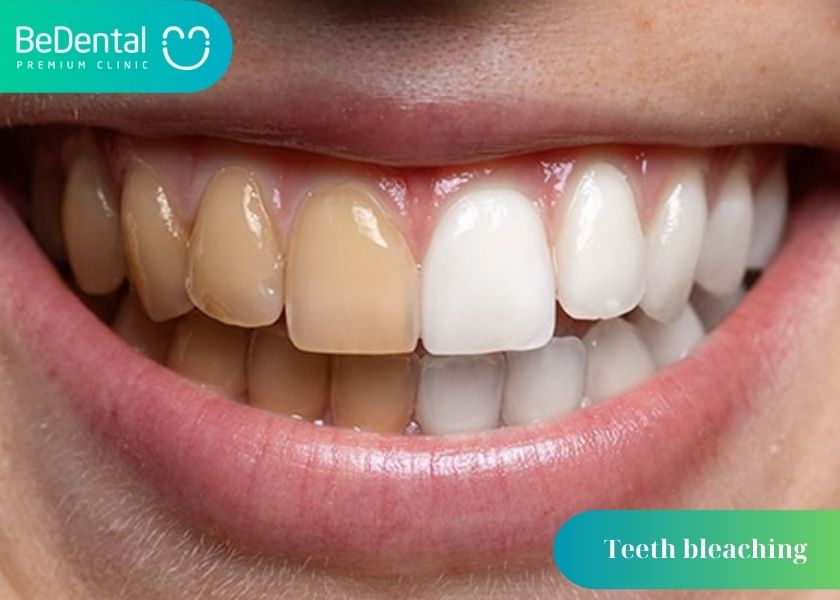
Surface stains on the tooth’s surface, actual compositional alterations, or a mix of the two may be the cause of tooth discolouration. There are three varieties of tooth discolouration, according to orthodontists:
- Extrinsic Teeth Stains:
Extrinsic tooth darkening is the most prevalent kind of dental discoloration. When you expose your teeth to stains like these, it will happen.
- Tar and other chemicals are found in cigarette smoke.
- Foods that stain, including chocolate, berries, and others
- Liquids that are dark in hue, including coffee, black tea, colorful sodas, red wine, and dark beer

Although many of the foods that cause tooth discolouration are dark in color, not all of them are. Even light-colored foods like apples and potatoes can stain teeth.
- Intrinsic Teeth Stains:
Intrinsic tooth discoloration can be caused by a variety of internal dental alterations. Intrinsic tooth discoloration may be brought on by chemical or physical changes to the tooth. Our dental enamel physically deteriorates over age, revealing the dentin, the tooth’s inner structure. Teeth may seem gray, brown, or yellowish due to individual variations in dentin color.
Tooth discoloration can also be brought on by dental trauma. The tooth may get dark or even black as the pulp dies. An area of the tooth that is discolored and inadequate enamel production may come from damage to the tooth before it erupts. Moreover, tooth decay can stain your teeth.
Tetracycline and excessive fluoride exposure during childhood are two substances that can cause enamel abnormalities that show up as tooth discoloration.
The best way to treat intrinsic tooth discoloration is with porcelain veneers or other procedures that cover the stained tooth enamel since intrinsic tooth discoloration does not respond well to teeth whitening.
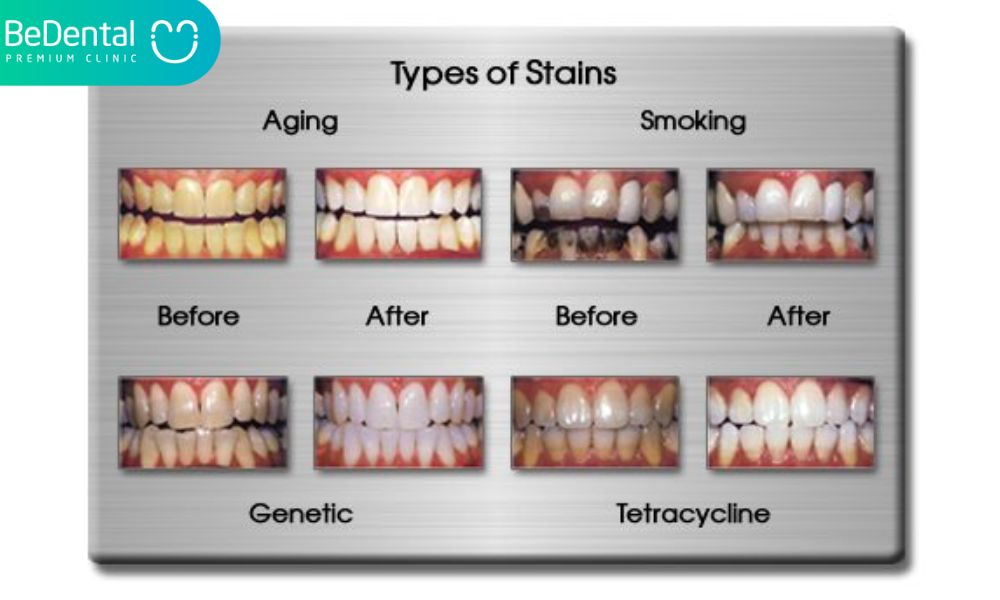
- Age-Related Teeth Stains:
The effects of both intrinsic and extrinsic tooth discolouration are combined in age-related teeth stains. Because dentin, the essential part of the tooth, matures naturally, teeth get darker as they become older. When a tooth ages, the enamel thins and more of the dentin becomes revealed. These intrinsic factors, such the effects of particular meals, beverages, and smoking, as well as extrinsic ones like aging, will cause the majority of people’s teeth to yellow with time.
Chair-side teeth bleaching
Before coating the enamel with an oxidizing agent, your dentist will first clean your teeth with an acidic solution. Your teeth are subjected to a strong light source or a laser to hasten the whitening process. Usually, it takes three to four sessions, each lasting between 30 and 60 minutes, to get the correct hue. With a more recent method called power bleaching, the lightning agent is a highly concentrated type of hydrogen peroxide. It can deliver benefits after just one session.
Bleaching, though, only lasts a short while. Your teeth may darken once again between one and three years from now, and you might need to repeat the operation. While some dentists charge $75 to $225 every session, others demand a one-time payment of $300 or more.
Home teeth bleaching (dentist prescribed)
Your dentist will design a mouthpiece that is specifically fitted to handle the bleaching agents (carbamide peroxide or hydrogen peroxide). The bleaching is then carried out at home by coating the mouthpiece with the chemicals and wearing it as directed (for anywhere between 30 minutes and several hours each day for a week or two). The usual cost of this operation ranges from $200 to $600.

Bleaching pulp-damaged teeth
The tooth will turn discolored if the pulp is damaged or dead. Your dentist can treat your root canal while rinsing the pulp chamber with a whitening chemical to solve this problem. Your dentist can reopen the pulp chamber and fill it with bleach for several minutes under a heat lamp if the stain reappears or the tooth darkens after the root canal.
It might be necessary to repeat this process several times. Instead, the dentist might fill the pulp chamber with a bleaching solution and place a temporary filling in it. You must come back after a few days so that the bleach can be taken out and the tooth may be sealed permanently. Depending on the practitioner, prices might range from $300 to $400 per tooth.
Over-the-counter teeth bleaching kits
These kits function similarly to goods made by professionals. After rinsing with an acid, applying a hydrogen peroxide gel, and then coating the teeth with a whitening pigment, is the order of treatment. For between $15 and $40, several over-the-counter dental whitening strips and kits are available.
Because it is less expensive than other bleaching procedures, many consumers choose this approach, however satisfactory results cannot be guaranteed. It is challenging to identify the cause of discoloration and the efficacy of the bleaching chemical without expert diagnosis.
Consider the BeDental teeth whitening price list.
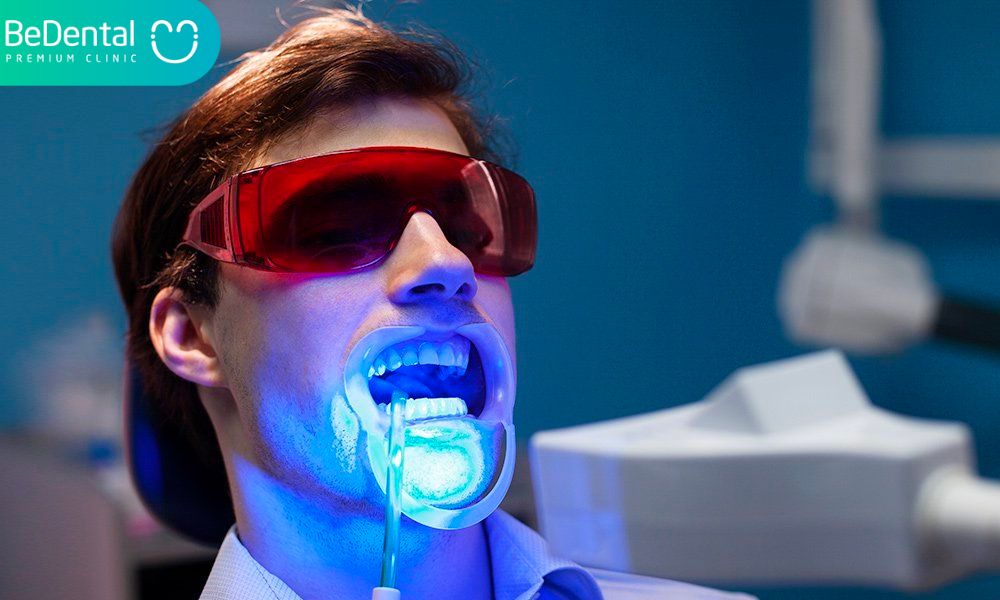
TEETH WHITENING PRICE LIST
| SERVICE CODE | NAME | PRICE (VND) | ||
| Teeth Whitening (See more…) | ||||
| TT01 | In-Office Whitening | 3.000.000 | ||
| TT02 | Take-home Whitening kit with tray | 2.000.000 |
More
In-Office Teeth Whitening and 5 Steps To A Bright Smile
Bleeding gums and 9 ways to cure at home
Teeth Whitening and 6 Noticeable Questions Should Know



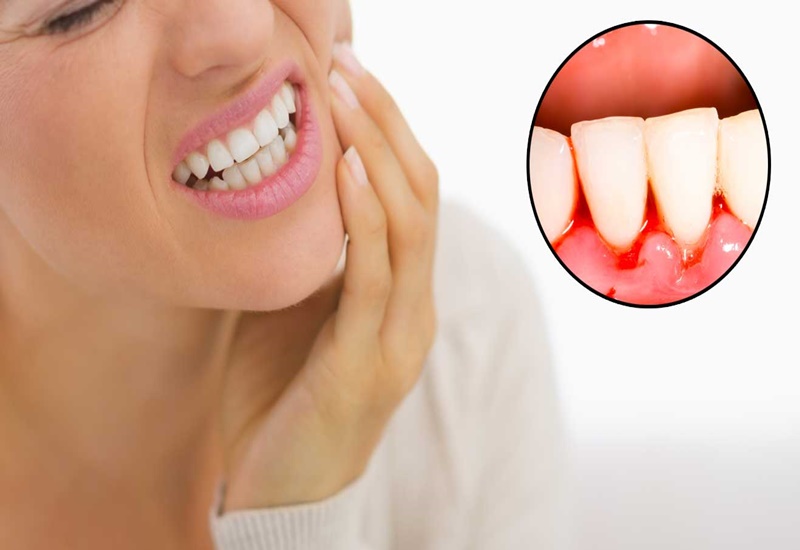
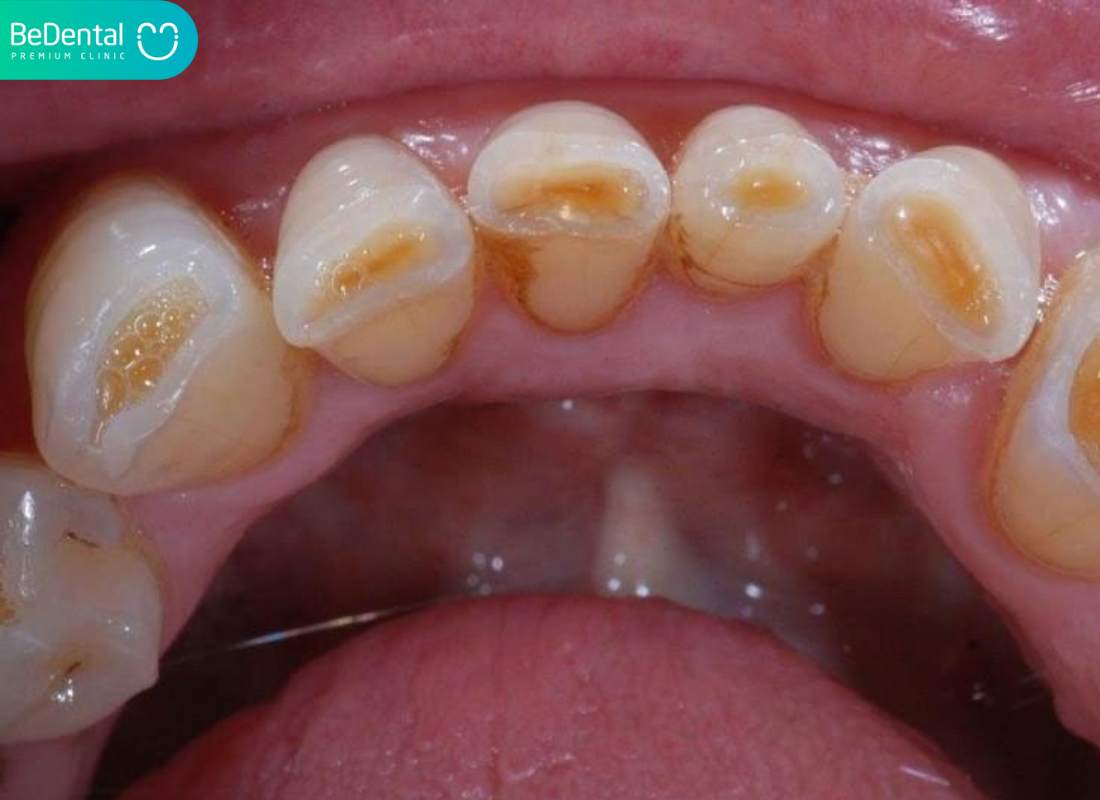

Pingback: What is Pod? 4 harmful effects of smoking pods – Be Dental